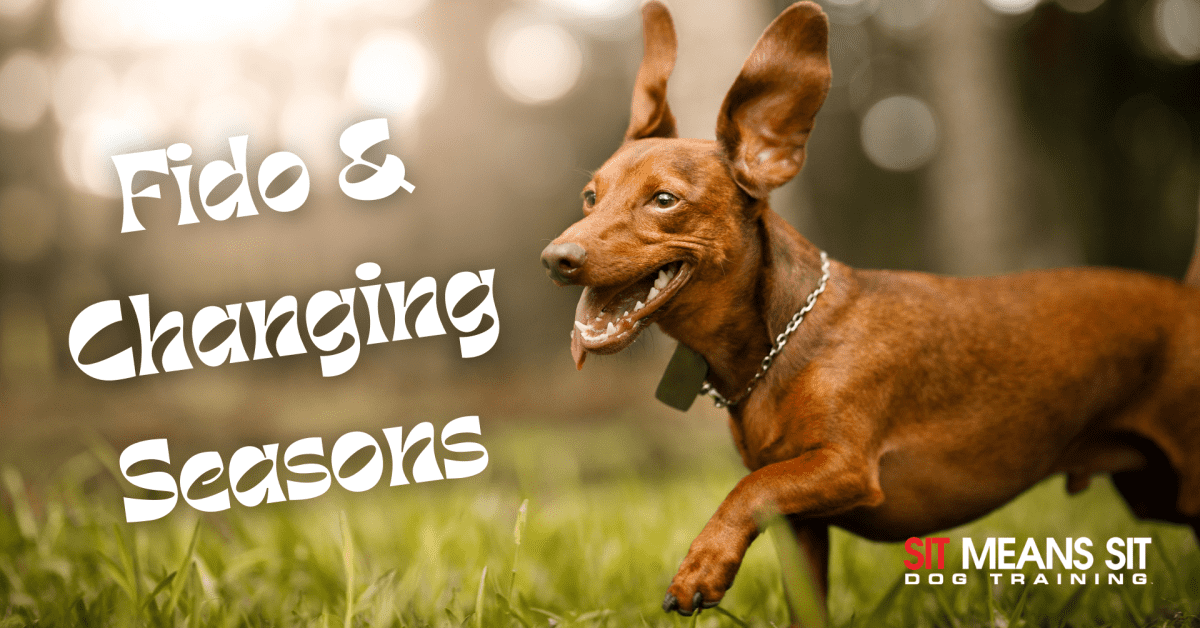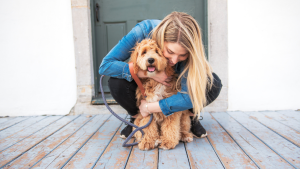
How the Seasons Can Affect Your Dog
Like their human counterparts, dogs’ health varies from season to season! The changing seasons are Mother Nature’s way of preparing us for the next quarter of the year, each quarter with its weather patterns and sources of allergens. Human allergies are easily handled with the help of antihistamines and nasal sprays, but how can we prepare our pets? Please keep reading to learn the leading causes of dog allergies, how to navigate them, and what to expect for the upcoming season!
Spring
Heartworms, Fleas, and Ticks
Pet parents must start giving their fur baby heartworm chewies in the spring to prepare for the summer. Heartworms are transmitted through mosquitos, so beginning in the spring will give Fido extra defense against the parasitic disease. Likewise, fleas and ticks are spread through wildlife and plants. Giving your dog tick & flea medicine monthly prepares their body’s defense to fight off nasty ticks and fleas from latching onto their skin.
Allergies
Due to blooming flowers and emerging plants, everyone’s immune system is hit by spring pollen, including our pets. Like a human’s itchy throat, dogs develop itchy skin as their allergic reaction to the spring changes. If the itchy reaction occurs for more than spring or three months out of the year, talk to your Vet about a possible allergy or skin treatment!
Summer
Heat Protection
Summer is a time to relax and unwind; however, pet parents must protect Fido first! Before leaving for a walk, place your hand on the ground to test if the ground temperature before your pup’s paws. If it’s too hot for you, it’s too hot for them. Paw pad burns are one of the most common summer injuries and have the most uncomfortable healing process.
Dehydration
The other most common summer dog injury is dehydration. Dehydration is accelerated by the summer sun and running around outside, so it’s essential for pet parents always to have water for Fido. For a complete guide on dog dehydration and warning signs, check out this article, What Does Dehydration in Dogs Look Like?
Fall
Seasonal Affective Disorder
Next, Fall is probably the easiest season to navigate. Insects are gone, leaves are falling, and the heat is winding down; all three aspects help maintain a healthy Fido! However, during the fall and winter months, some pets start to experience Seasonal Affective Disorder. Seasonal Affective Disorder is a psychological phenomenon in humans and pets; the lack of sunshine makes us depressed. Dogs that spend all summer outside in the fresh air and sunlight are bound to fall into a seasonal slump. Combating this phenomenon takes a lot of patience for the next sunny day and possibly a trip to a brighter state.
Winter
Loss of Appetite
Like Seasonal Affective Disorder, dogs’ attitudes and behaviors, including their eating habits, can vary from season to season. Dogs tend to increase their food intake during the winter due to colder temperatures requiring more energy to regulate body temperature. Instinctually, some dogs revert to their food-seeking behaviors to store fat for the winter, and due to the lean wildlife season of winter. As if our spoiled furry friends have to worry about running out of kibble! These behaviors are a hormonal response to the changing climates, so appease them by adding extra food and going for regular walks to burn off the winter weight.

